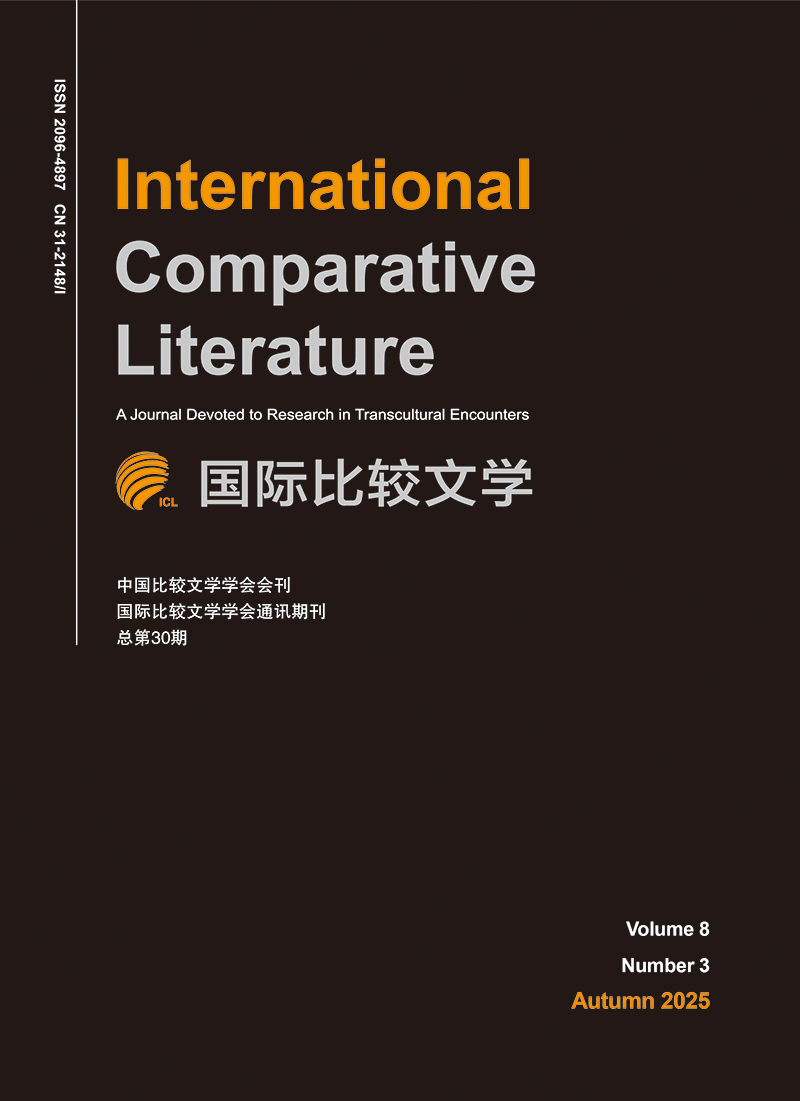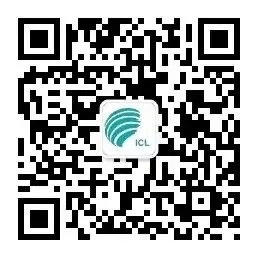|
[1]
|
. 陈初生等编《金文常用字典》,陕西人民出版社,1987 年。
|
|
[2]
|
. 古兆申、余丹合编及注释《昆曲演唱理论丛书》,牛津大学出版社,2006 年。
|
|
[3]
|
. 古兆申、余丹《徐大椿:诗歌咏唱传统》,牛津大学出版社,2006 年。
|
|
[4]
|
. 郭霭春主编《黄帝内经词典》,天津科学技术出版社,1991 年。
|
|
[5]
|
. 黄莹《曲学家徐大椿研究》,苏州大学硕士学位论文,2008 年
|
|
[6]
|
. 李圃主编《古文字诂林》,上海教育出版社,2004 年。
|
|
[7]
|
. 徐景藩等主编《徐灵胎研究文集》,上海科学技术出版社,2001 年。
|
|
[8]
|
. 许慎撰,段玉裁注《说文解字》,上海古籍出版社,1981 年。
|
|
[9]
|
. 许自昌《水浒记》,收入《六十种曲》,中华书局,1958 年。
|
|
[10]
|
. 张介宾《景岳全书》,上海科学技术出版社,1984 年。
|
|
[11]
|
.《中医大辞典》编辑委员会编《中医大辞典》,人民卫生出版社,1987 年。
|
|
[12]
|
. 中国戏曲研究院编《中国古典戏曲论著集成》,中国戏剧出版社,1959 年。
|
|
[13]
|
. Robert Ashmore,“The Art of Discourse:Xi Kang’s‘Sound Is without Sadness or Joy’,”in Early Medieval China:A Sourcebook,ed. Wendy Swartz et al. New York:Columbia University Press,2014.
|
|
[14]
|
. Beverley Bossler,“Vocabularies of Pleasure:Categorizing Female Entertainers in the Late Tang Dynasty,”Harvard Journal of Asiatic Studies 72,no. 1(June 2012).
|
|
[15]
|
. Scott Cook (顾史 考),“‘Record of Music’:Introduction,Translation,Notes,and Commentary,”Asian Music 26,no. 2(Spring-Summer 1995).
|
|
[16]
|
. Kenneth J. DeWoskin(杜志豪),A Song for One or Two:Music and the Concept of Art in Early China,Ann Arbor,MI:Center for Chinese Studies,University of Michigan,1982.
|
|
[17]
|
. E. D. Edwards,“‘Principles of Whistling’:Hsiao Chih—Anonymous,”Bulletin of the School of Oriental and African Studies 20,no. 1/3(1957).
|
|
[18]
|
. Lothar von Falkenhausen(罗泰),Suspended Music:Chime-Bells in the Culture of Bronze Age China,Berkeley:University of California Press,1994.
|
|
[19]
|
. Bonnie Gordon,“It’s Not about the Cut:The Castrato’s Instrumentalized Song,”New Literary History 46,no. 4(Autumn 2015).
|
|
[20]
|
. Donald J. Harper(夏德安),Early Chinese Medical Literature:The Mawangdui Medical Manuscripts. London:Kegan Paul International,1988.
|
|
[21]
|
. Arthur W. Hummel,Eminent Chinese of the Ch’ing Period. Taipei:SMC Publishing,1991.
|
|
[22]
|
. David Knechtges(康达维),Wen xuan or Selections of Refined Literature ,Princeton,NJ: Princeton University Press,1996.
|
|
[23]
|
. Mingyue Liang,Music of the Billion:An Introduction to Chinese Musical Culture,New York: Heinrichshofen Edition,1985.
|
|
[24]
|
. Michael Loewe,Early Chinese Texts:A Bibliographical Guide. Berkeley:Society for the Study of Early China and Institute of Asian Studies,University of California,Berkeley,1993.
|
|
[25]
|
. Richard B. Mather (马瑞志),trans.,Shih-shuo Hsin-yü:A New Account of Tales of the World, Minneapolis:University of Minnesota Press,1976.
|
|
[26]
|
. Stephen Owen(宇文所安),Readings in Chinese Literary Thought,Cambridge,MA:Council on East Asian Studies,Harvard University,1992.
|
|
[27]
|
. Vincent Yu-chung Shih,trans.,The Literary Mind and the Carving of Dragons,Hong Kong: The Chinese University of Hong Kong Press,1983.
|
|
[28]
|
. Roel Sterckx(胡司德),“Transforming the Beasts:Animals and Music in Early China”,T’oung Pao 86(2000).
|
|
[29]
|
. Richard Strassberg(韩禄伯),“The Singing Techniques of K’un-chu and Their Musical Notation,”CHINOPERL Papers 6(1976).
|
|
[30]
|
. Paul U. Unschuld(文树德),trans.,Huang Di Nei Jing Ling Shu:The Ancient Classic on Needle Therapy,Oakland:University of California Press,2016.
|
|
[31]
|
. Paul U. Unschuld,Forgotten Traditions of Ancient Chinese Medicine,Brookline,MA:Paradigm Publications,1990.
|
|
[32]
|
. Isabel Wong,“Kunqu,”in The Garland Encyclopedia of World Music:East Asia,ed. Robert C. Provine et al.,New York:Routledge,2002.
|
|
[33]
|
. Peng Xu,“Courtesan vs. Literatus:Gendered Soundscapes and Aesthetics in Late-Ming Singing Culture,”T’oung Pao 100,no. 4-5(2014).
|

 点击查看大图
点击查看大图



 下载:
下载:

